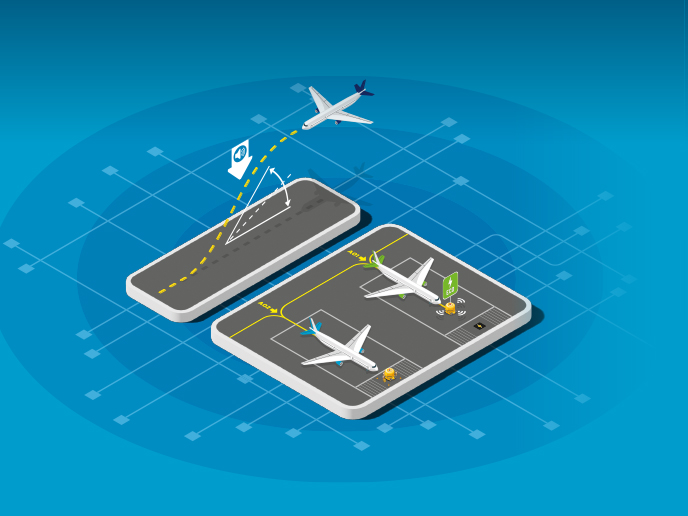II - Raising the bar for sustainable aviation
HERON is crucial for advancing a sustainable and integrated European transport system that is fully in line with the EU’s Green Deal and climate-neutrality objectives.
Benjamin Tessier, HERON project coordinator
Air traffic management (ATM) is a key piece in the sustainable aviation puzzle. Carbon emissions could be reduced by as much as 10 % through optimised ATM. But beyond sustainability, ATM can also play an important role in developing a truly integrated transport system. Addressing both aspects is the HERON(opens in new window) project. “HERON is crucial for advancing a sustainable and integrated European transport system that is fully in line with the EU’s Green Deal(opens in new window) and climate-neutrality objectives,” says Benjamin Tessier, ATM & engineering project manager at Airbus(opens in new window), the project’s coordinating partner. Now in its final year, the project supported by SESAR JU(opens in new window) has been busy deploying over 20 solutions, each of which aims to make on-ground and in-flight aircraft operations more efficient. One of those solutions is the ADS-C Common Server, which facilitates real-time trajectory sharing between aircraft and ground systems and is vital for enhancing flight predictability and efficiency. Successful trials of this service confirmed its potential to improve predictability and environmental performance during descent phases.
New environmental standards
On the ground, the project has implemented such sustainable taxiing practices as single-engine taxiing and the use of ‘taxi-bots’. “These innovative solutions have proven to lower fuel consumption and CO₂ emissions during aircraft movement, complementing HERON’s broader green trajectory initiatives,” adds Tessier. The project also produced a solution capable of providing air traffic controllers with real-time wind data, and is preparing the implementation of another solution designed to optimise aircraft separation on approach based on aircraft-specific characteristics. Not only have these solutions been tested in working airports, they are already delivering results. Airports in Germany are using HERON models to optimise flight trajectories, minimise level flight during descent and offer shorter arrival planning distances. “By integrating innovations in both airborne and ground operations, HERON has produced practical and scalable solutions to decrease emissions, enhance efficiency and improve safety,” concludes Tessier. “In doing so, we’re helping set a new standard for environmental responsibility within aviation and contributing to a cleaner and quieter future for the industry.”



